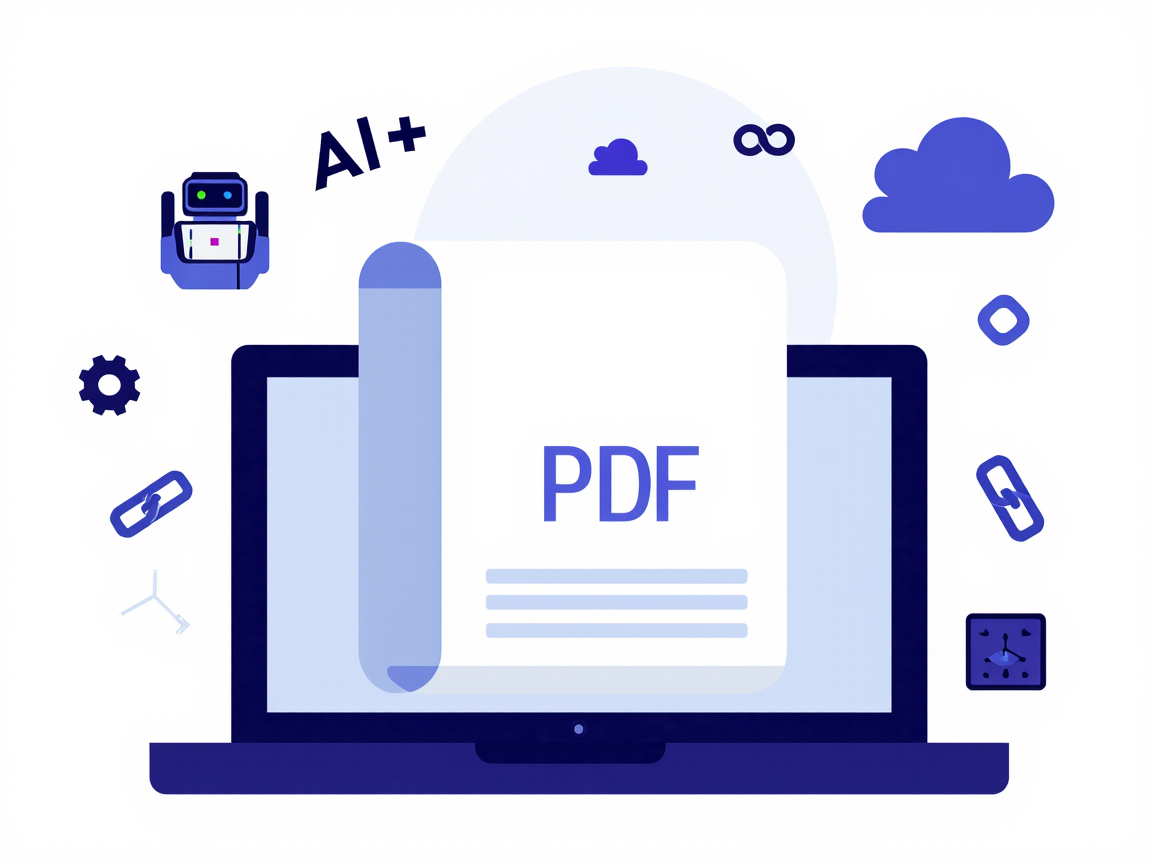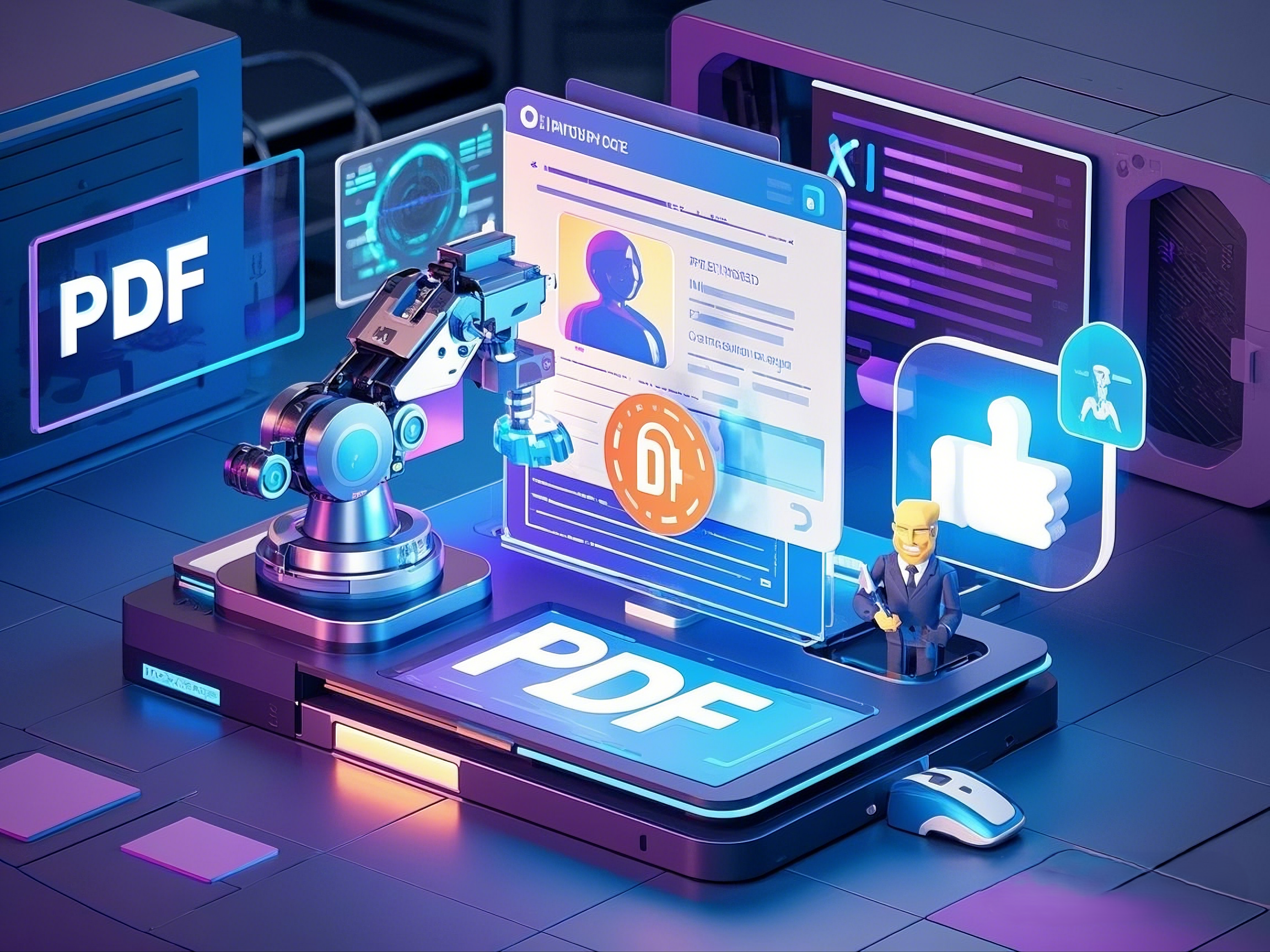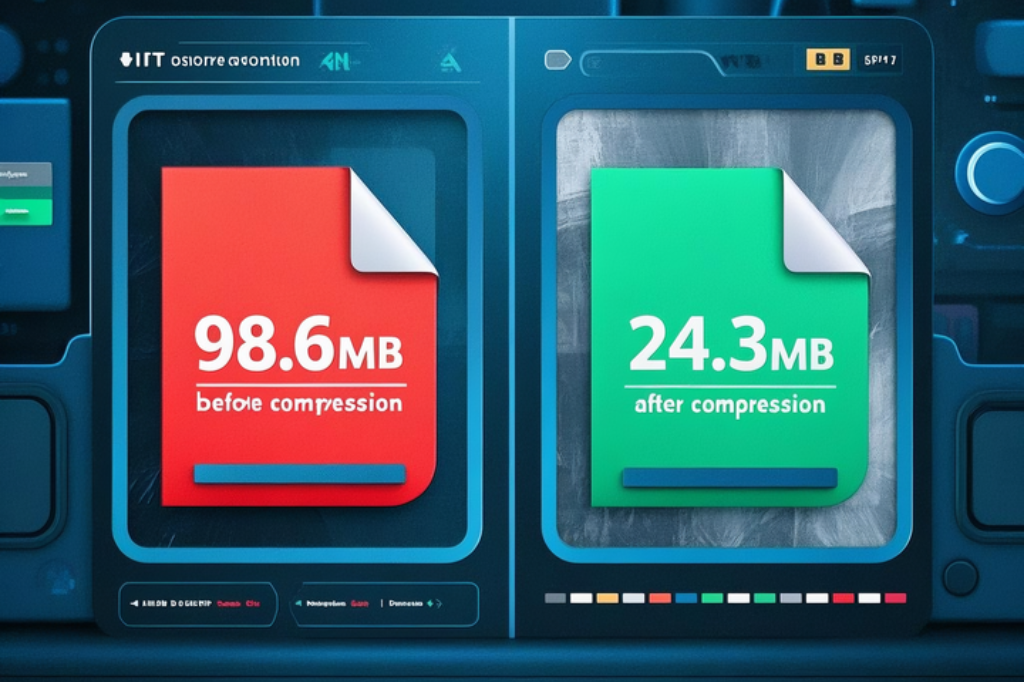According to PDF Association's 2023 report, 92% of Fortune 500 companies mandate PDF usage for external document exchange. This guide delivers enterprise-grade solutions for converting Word, Excel, JPG, and web pages to PDF while maintaining compliance and security.

Section 1: PDF as the Business Standard
1.1 Technical Superiority
- Font Embedding: Ensure Arial/Helvetica/Times New Roman display consistency
- ISO Certification: Meet PDF/A-2u archiving standards
- Accessibility Compliance: Alt-text tagging for Section 508/ADA requirements
1.2 Security Framework
- 256-bit AES Encryption: Bank-level protection for financial documents
- Redaction Tools: Permanently erase sensitive content (not just hide)
- Certificate-based Signing: Implement PKI infrastructure for legal validity
Section 2: Enterprise Conversion Workflows
2.1 Advanced Word to PDF Conversion
Microsoft 365 Automation:
$word = New-Object -ComObject Word.Application $doc = $word.Documents.Open("report.docx") $doc.ExportAsFixedFormat("output.pdf", 17)
2.2 Image to PDF Optimization
Professional Color Management:
- Convert sRGB to PDF/X-4 color profile in Photoshop
- Embed ICC profiles for cross-device accuracy
2.3 Spreadsheet Conversion Best Practices
Dynamic Data Protection:
- Convert formulas to values before PDF export
- Apply cell locking with password protection
2.4 Web Content Archiving
Legal Compliance:
- W3C/WAI-ARIA accessibility standards preservation
- Timestamping with RFC 3161-compliant servers
Section 3: Corporate Security Protocols
3.1 Risk Assessment Checklist
- Verify tool provider's SOC 2 Type II certification
- Disable cloud storage auto-sync features
- Implement SHA-256 document hashing
3.2 Incident Response Plan
- Immediate revocation of compromised digital certificates
- Forensic analysis using PDF metadata (Creator/Producer fields)





